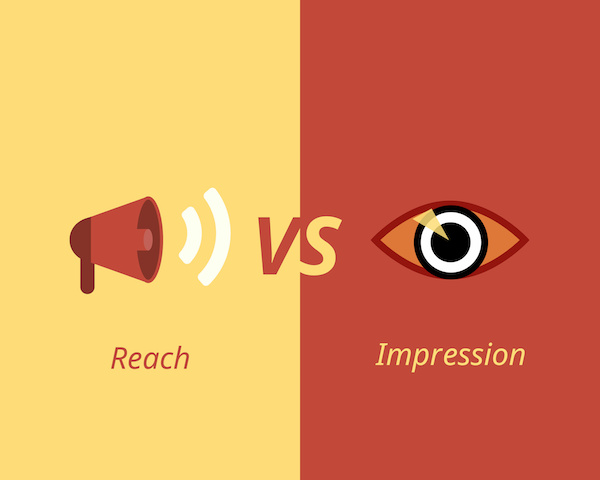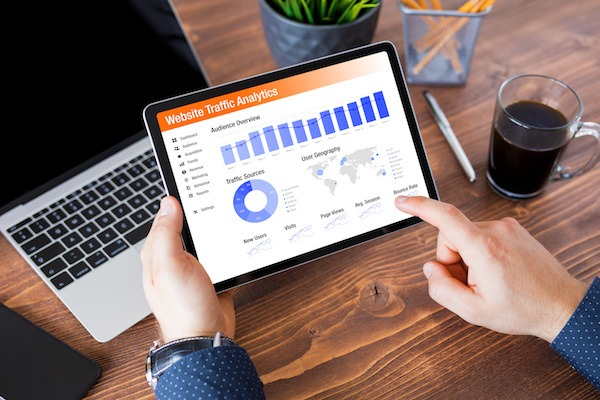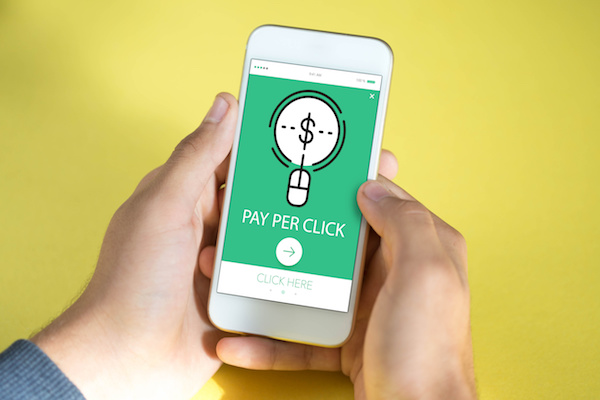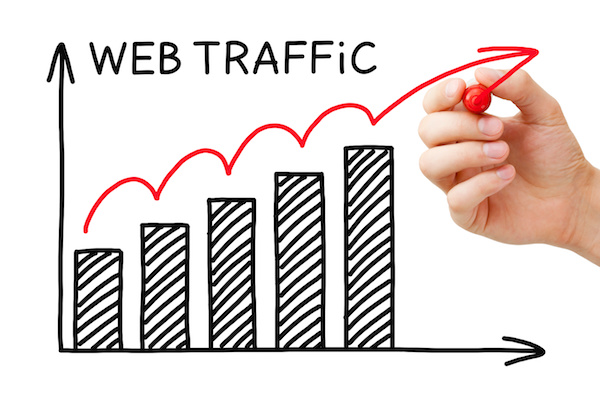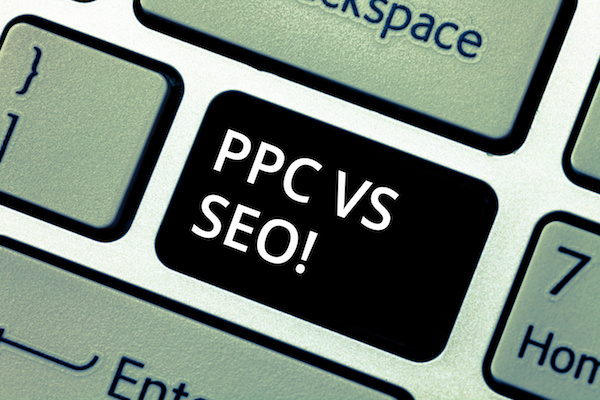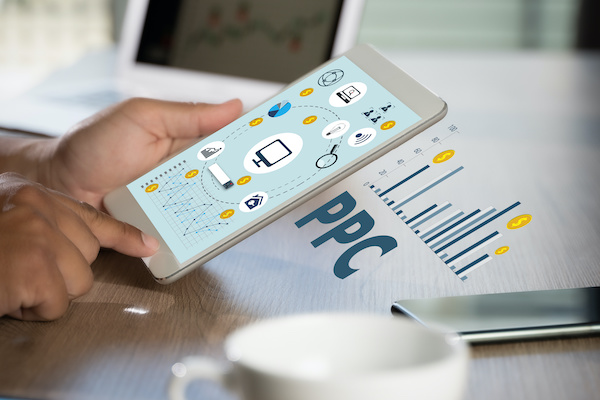
In terms of access to pay-per-click ad networks, the choices have boomed in recent years, with an opportunity to choose between traditional search engine results pages, native advertising on popular websites, and a wide variety of social platforms. Since PPC ad networks are expansive, it’s important to consider all avenues before allocating your business’s marketing budget. Listed below is a selection of the best PPC ad networks to use to strengthen your digital marketing strategy.
Google Ads
As one of the biggest players in the game, Google ads possess a huge market reach which includes the following PPC ads:
- Search engine results pages (SERPS)
- Display Network (ads and videos on partner websites)
- YouTube advertising
- Google Play app store advertising
- Gmail in-app advertising
- Google Shops advertising
If you’re after one of the above ad placements, you will need to bid for it. Listed below are examples of some Google PPC bid options:
- CPC (automated and manual cost per individual click)
- Enhanced CPC
- CPM (cost per mille)
- Target ROAS (targeted return on ad spend)
- Target CPA (targeted cost per acquisition)
- Maximize conversions
- Maximize clicks
- Target Outranking share
- Target Impression Share
Since the cost of Google ads can vary massively, you should first need to calculate your budget before considering this investment.
Microsoft/Bing Ads
Next to Google is Microsoft Advertising, also known as Bing Ads. Offering business owners a cheaper price tag than Google, Microsoft Ads are also associated with a wide assortment of formats, including:
- Xbox
- Windows App store
- MSN
- Outlook Email
- Websites for display and native advertising managed by various sales partners
Although not quite as comprehensive as competitor Google, Microsoft Ads also require bidding:
- Enhanced and Manual CPC
- CPM
- MaxClicks
- MaxConversions
- Target ROAS
- Target CPA
With the lower volume and less competition, your bids are bound to be cheaper, which offers a greater opportunity to stand out on the Bing Ad network.
Facebook Ads
With the ability to add some targeting potential, Facebook Ads is one of the best PPC ad networks on the market, especially with Instagram as an extension—offering marketers and business owners alike the potential to reach those with specific interests, demographics, education, age, and location data.
Facebook Ads can appear on:
- Facebook Messenger
- The Facebook Audience Network (apps and websites on the partnership network)
Even cheaper than Bing, Facebook Ads pricing is based on cost per thousand impressions (CPM) or cost per click with the option to target CPA (cost per action) and Target ROAS. Moreover, since Facebook Ads aren’t activated by searching, businesses have an opportunity to get in front of their audience much easier.
All of the best PPC ad networks can be managed by the PPC team at Trek Marketing. Comment below to get started!
What did you find most interesting about this digital marketing service? Drop a comment below to get connected.
Alex Wilks has been working as a copywriter and digital marketing strategist since 2018, with added specialties in social media and email marketing. With a Bachelor’s Degree in Journalism and Communication, she is a natural content writer with the ability to connect well with her target audience.

